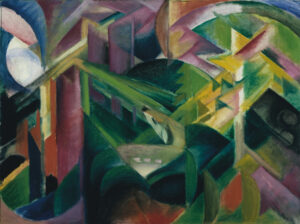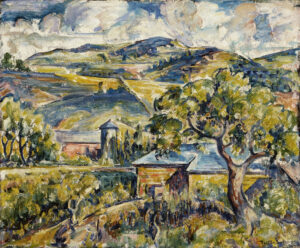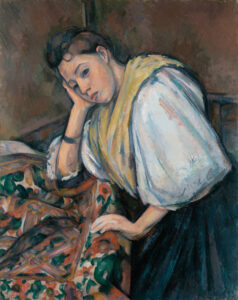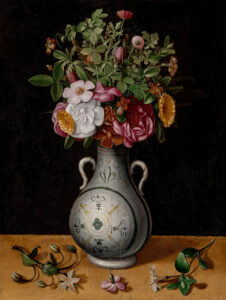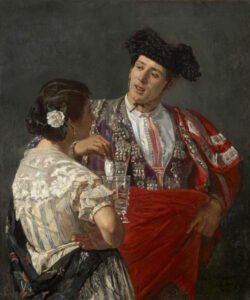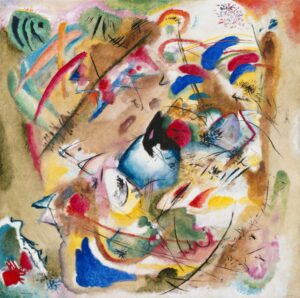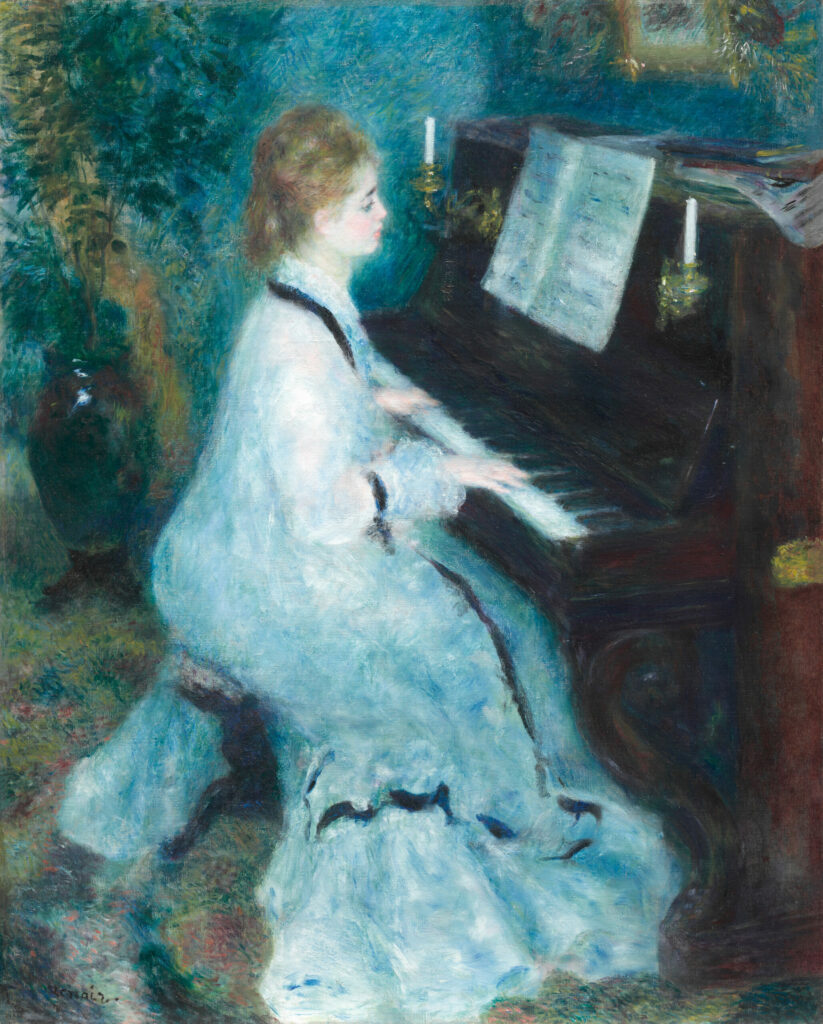
This canvas perfectly illustrates Renoir’s Impressionist aesthetic in the 1870s. The artist captures a moment of domestic intimacy: a young woman concentrating on her sheet music in a well-lit bourgeois salon.
The pictorial technique reveals Renoir’s mastery: free and visible brushstrokes, a palette dominated by blues and pearlescent whites, subtle plays of light. The composition, framed in three-quarters view, creates proximity with the viewer while preserving the intimacy of the scene. The reflections on the piano and the delicacy of the facial modeling demonstrate the influence of 18th-century French painting, notably Fragonard. This work belongs to the series of genre scenes that Renoir favored, celebrating daily life with a particular sensitivity to feminine beauty.
Further information
- Woman at the Piano, in 1875–1876, by Pierre-Auguste Renoir
- 93 × 74 cm (36 9/16 × 29 1/8 in.)
- The Art Institute of Chicago, displayed in European Painting and Sculpture, Gallery 201
- https://www.artic.edu/artworks/25825/woman-at-the-piano
Pierre-Auguste Renoir (1841-1919), born in Limoges to a modest family, became one of the indispensable masters of French Impressionism. Trained as a porcelain painter before joining Charles Gleyre’s studio in 1862, he met Monet, Sisley, and Bazille there, with whom he founded the Impressionist group. Participating in the exhibitions of 1874 and 1876, Renoir developed a unique approach to the movement, favoring the human figure and scenes of bourgeois happiness over plein air landscapes. Around 1880, experiencing a “harsh crisis,” he renewed his technique by drawing inspiration from Ingres and the old masters, before finding in his later years a personal synthesis combining Impressionist modernity and classical tradition. His prolific oeuvre testifies to a constant love of beauty and joie de vivre, despite the rheumatism that handicapped his final creative years.

